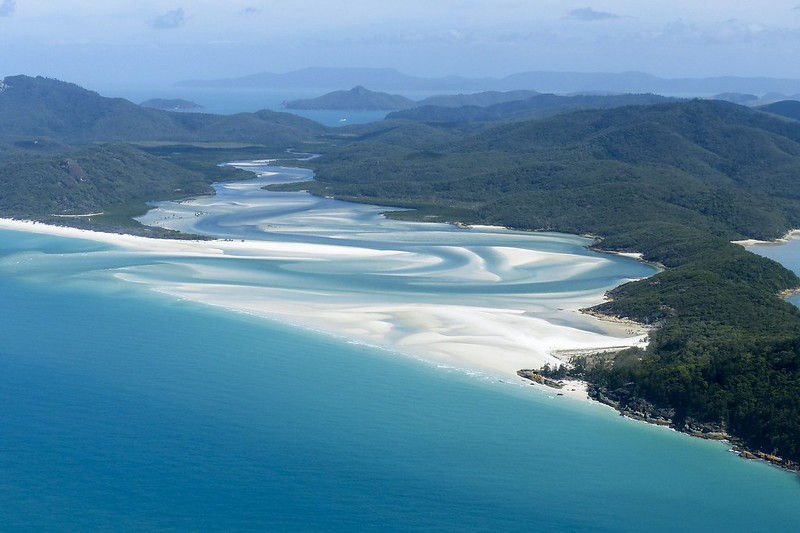Wildlife Crossings - The Road to Safer Highways
- Richard

- Jun 1
- 4 min read
Wildlife Crossings: How Colorado Leads the U.S. in Animal Protection and Road Safety
Across Colorado’s vast landscapes, a quiet revolution in infrastructure is taking place. Wildlife crossings—overpasses, underpasses, and tunnels designed specifically for animals—are changing the way highways interact with the natural world. Colorado has become a national leader in building these innovative structures, setting a powerful example for other states.
Colorado’s Pioneering Wildlife Crossing Infrastructure
With more than 40 wildlife underpasses and three overpasses already constructed, and many more planned, Colorado has developed one of the most advanced wildlife crossing networks in the United States. The state’s commitment to these projects has accelerated in recent years, with the Department of Transportation establishing 28 new large game crossing structures since 2015 alone.


Wildlife crossings are essential because animals need to migrate seasonally for food, water, and breeding. Highways and roads have fragmented habitats, making these journeys dangerous and sometimes impossible. By reconnecting fragmented landscapes, wildlife crossings allow animals to move safely between habitats.
The effectiveness of these structures is clear from the data. On certain highway segments, wildlife-vehicle collisions once numbered more than 30 per year. After the installation of crossings and accompanying fencing, these incidents dropped by about 90%—a dramatic improvement in both animal and human safety.
Designing Crossings for Animal Behavior
Building effective wildlife crossings requires careful planning and an understanding of animal behavior. The Highway 9 project near Silverthorne is a prime example. This project included two bridges, five tunnels, and ten miles of fencing, costing $40 million. The structures were designed to be wide and natural, blending into the surrounding environment so animals feel comfortable using them.
Different species have different preferences. Deer and elk, for example, tend to prefer overpasses where they can see across open spaces, while predators like bears and mountain lions often favor underpasses. Proper fencing is critical, as it guides animals toward safe passage points and prevents them from entering the roadway.
The new wildlife crossing at I-70 and Genesee, completed in June 2024, demonstrates this attention to detail. This location had the highest number of wildlife-involved crashes on I-70 east of the Eisenhower-Johnson Memorial Tunnel. The project incorporated lessons from earlier crossings, optimizing both the structure and the placement of fencing.
The Economic Benefits: Wildlife Crossings as Smart Investments
Beyond their conservation and safety benefits, wildlife crossings offer significant economic advantages. These structures are investments that deliver substantial returns over their operational lifetimes.
A single well-placed wildlife crossing can provide approximately $14 million in net benefits. These benefits include $7.5 million in prevented passenger fatalities, $2.5 million in reduced medical expenses, and $1.6 million in avoided vehicle damage. Nationally, wildlife-vehicle collisions cause an estimated $8 billion in economic costs each year. By drastically reducing these collisions, crossings often pay for themselves within about 15 years.

The economic impact extends beyond collision prevention. Wildlife crossings create construction jobs and support Colorado’s $3.25 billion hunting and fishing industry, which sustains more than 25,000 full-time jobs across the state. Each crossing also contributes about $2.1 million in improved ecosystem services by enabling animals to maintain their migration patterns, which supports biodiversity and ecosystem resilience.
Collaboration Drives Success
Colorado’s success in wildlife crossing development is largely due to a collaborative approach. Multiple agencies, tribal governments, federal organizations, and local groups work together to plan and implement these projects.
The Colorado Wildlife & Transportation Alliance, formed in 2018, brings together diverse stakeholders to ensure that crossing projects benefit from a wide range of expertise and address the needs of various communities. The state also hosts summits and conferences to share best practices and foster innovation.

This collaborative spirit has helped Colorado secure substantial funding for wildlife crossing projects. The planned wildlife overpass near Larkspur on I-25 is a notable example. Scheduled to begin construction in late 2024 or early 2025, this structure will be the largest wildlife crossing in North America, spanning 200 feet wide and 400 feet long. The project has received $22 million from the U.S. Department of Transportation’s Wildlife Crossing Pilot Program, created by the Bipartisan Infrastructure Law.
The Future of Wildlife Crossings
As Colorado continues to expand its network of wildlife crossings, other states are taking notice. Montana, Wyoming, and Utah have all launched significant wildlife crossing initiatives, often looking to Colorado for guidance.
The future of wildlife crossings in Colorado includes dozens of additional structures, prioritized based on collision data and wildlife movement patterns. Advanced technologies, such as GPS tracking and automated camera systems, help planners identify the best locations for new crossings.
Innovations in crossing design are also being explored. Modular structures that can be installed more quickly and at lower cost than traditional crossings could make these projects accessible to more communities across the country.
A Model for Conservation and Infrastructure
Colorado’s leadership in wildlife crossing development is more than just a transportation safety success story. It shows how thoughtful infrastructure design can balance human needs with wildlife conservation, creating safer roads while protecting the natural heritage that makes the state unique.
As climate change forces wildlife to adjust their ranges and migration patterns, the importance of connected habitats will only grow. Colorado’s wildlife crossing network provides a model for how infrastructure can adapt to these challenges, ensuring that both people and animals can thrive in a changing world.
The next time you drive through Colorado, notice the bridges and tunnels designed for wildlife. These structures represent a commitment to coexistence—a recognition that our transportation system can and should accommodate the needs of all species.
By continuing to develop and refine wildlife crossings, Colorado sets an example for the nation, demonstrating that with careful planning and collaboration, we can build infrastructure that works for everyone—saving lives, money, and precious animal populations in the process.
⛰️












Comments